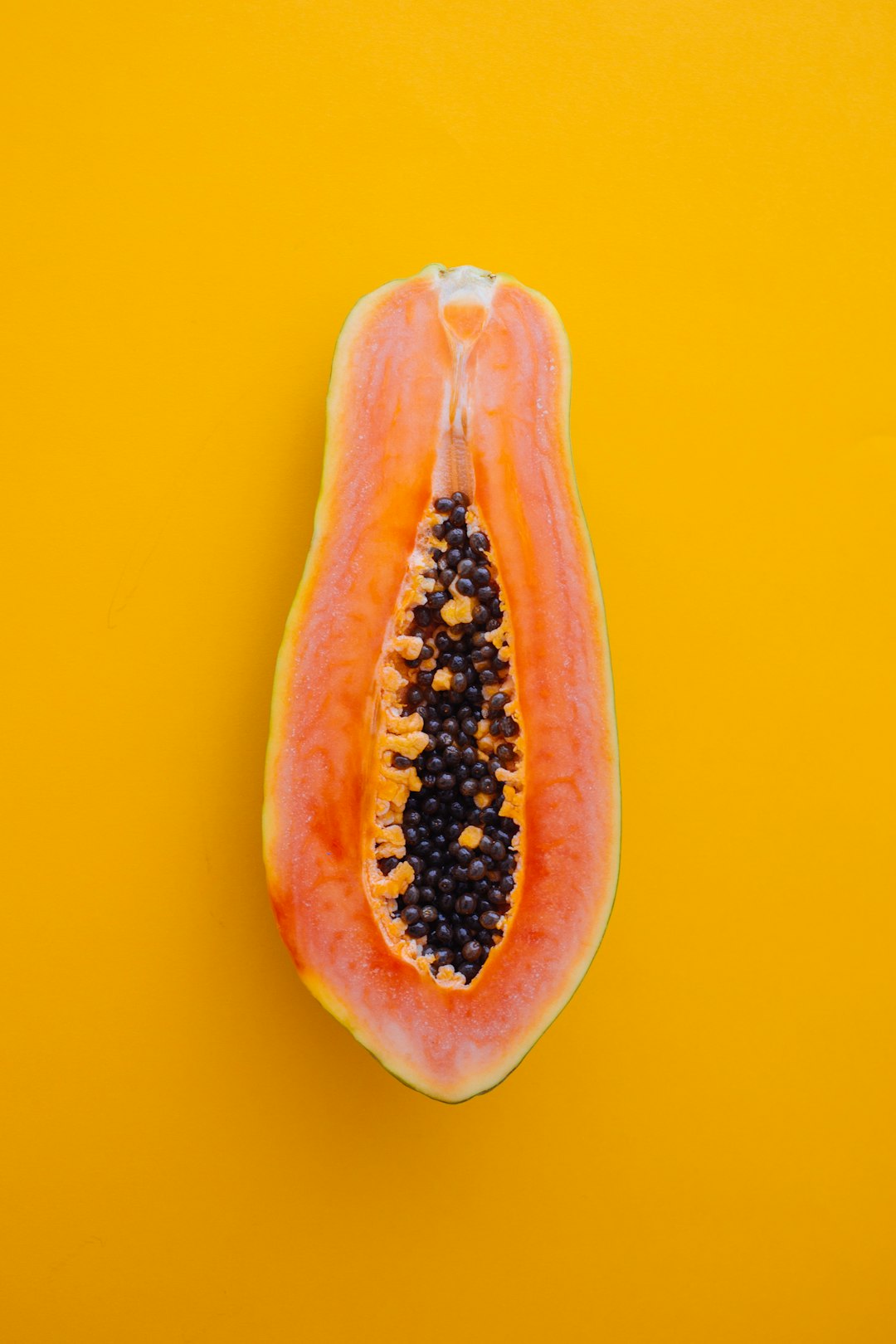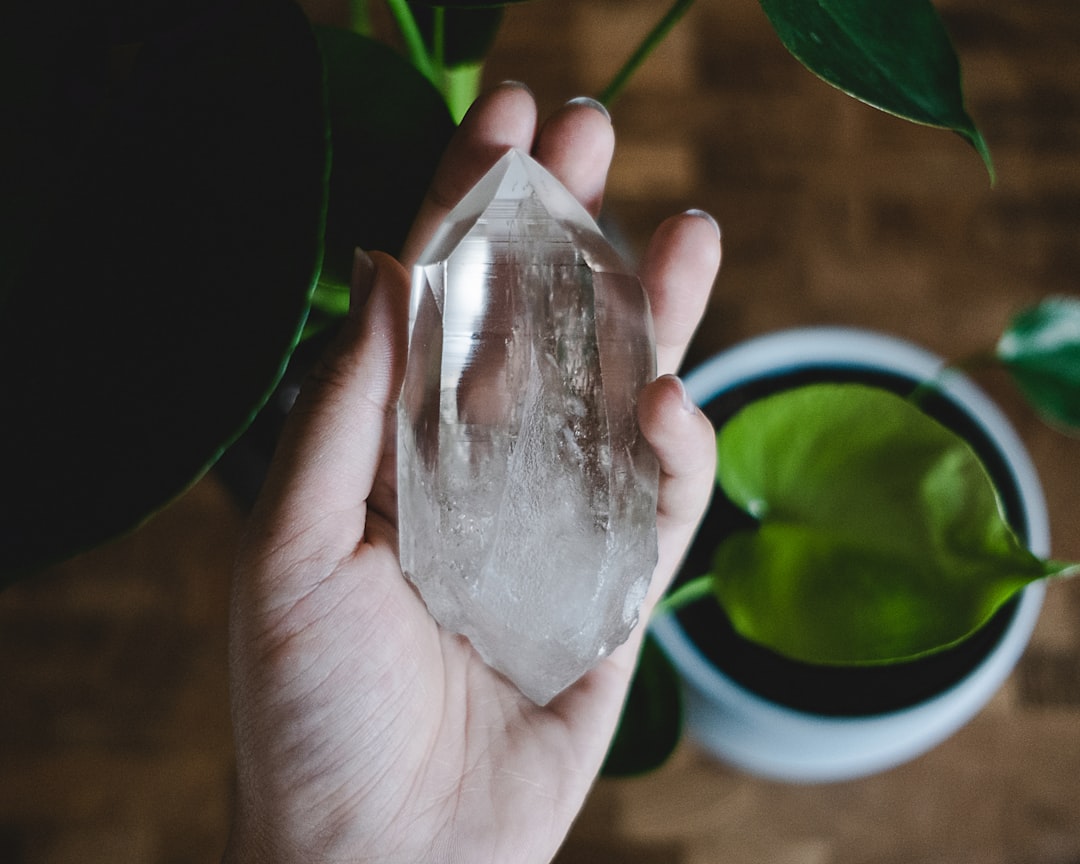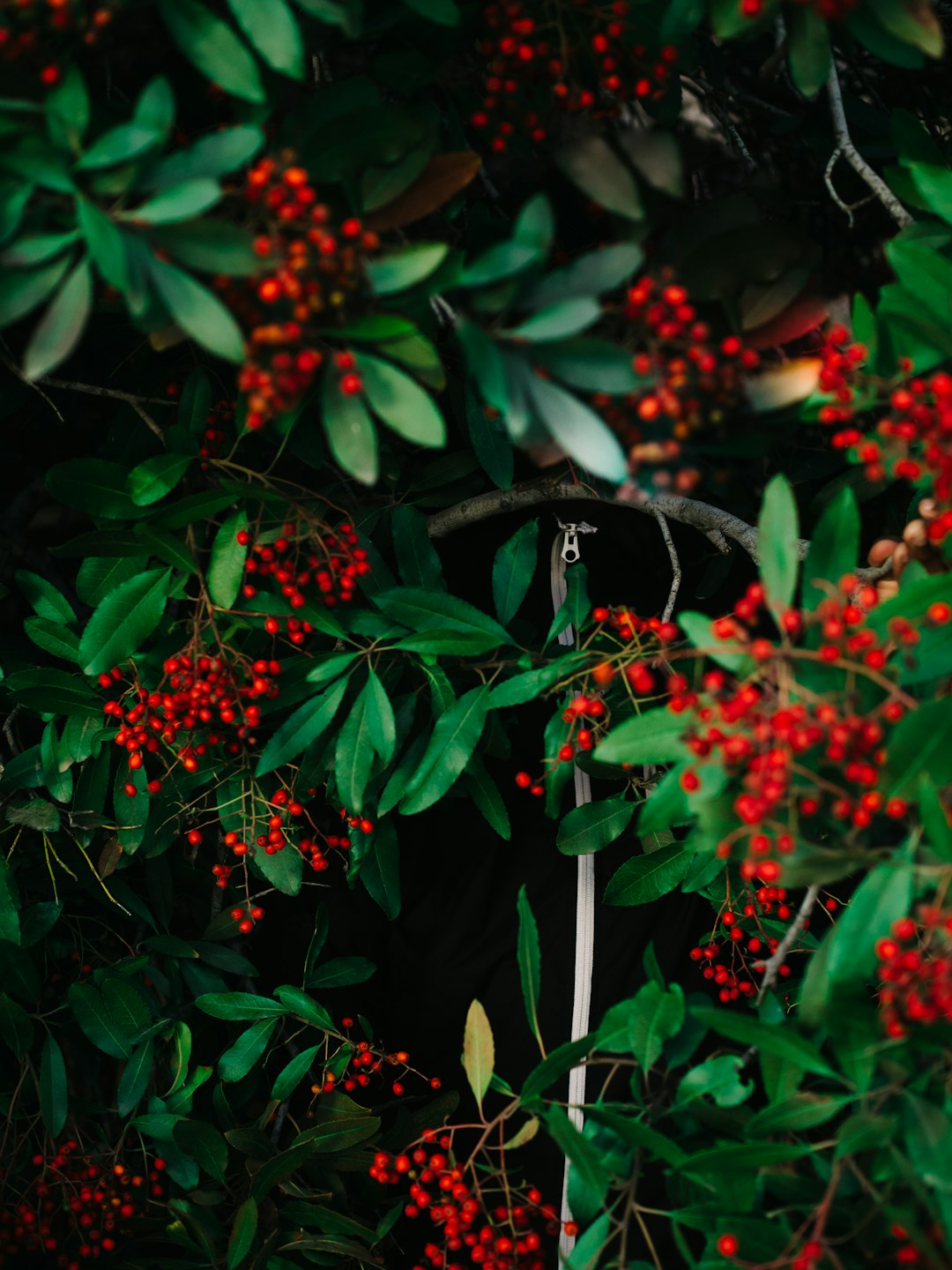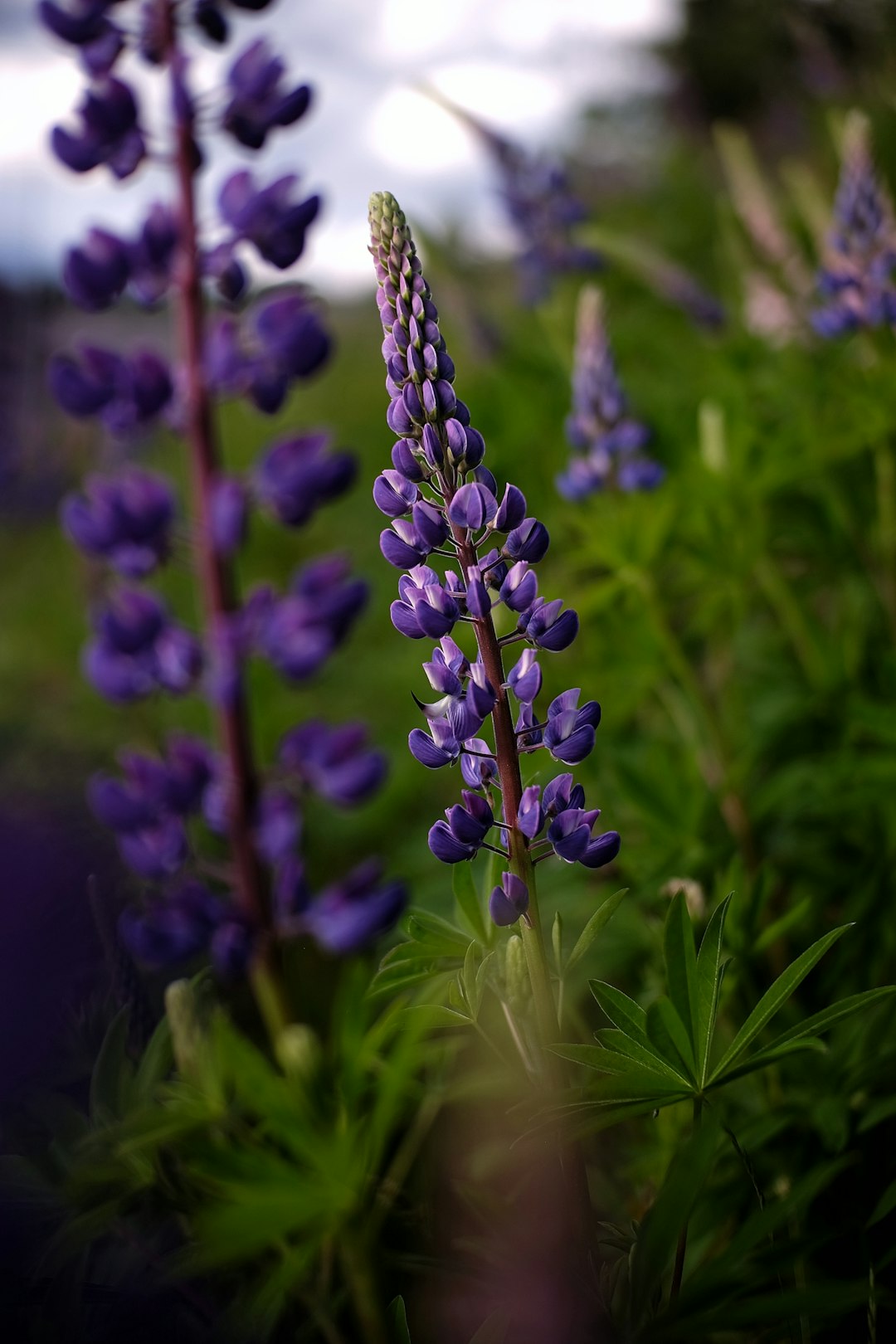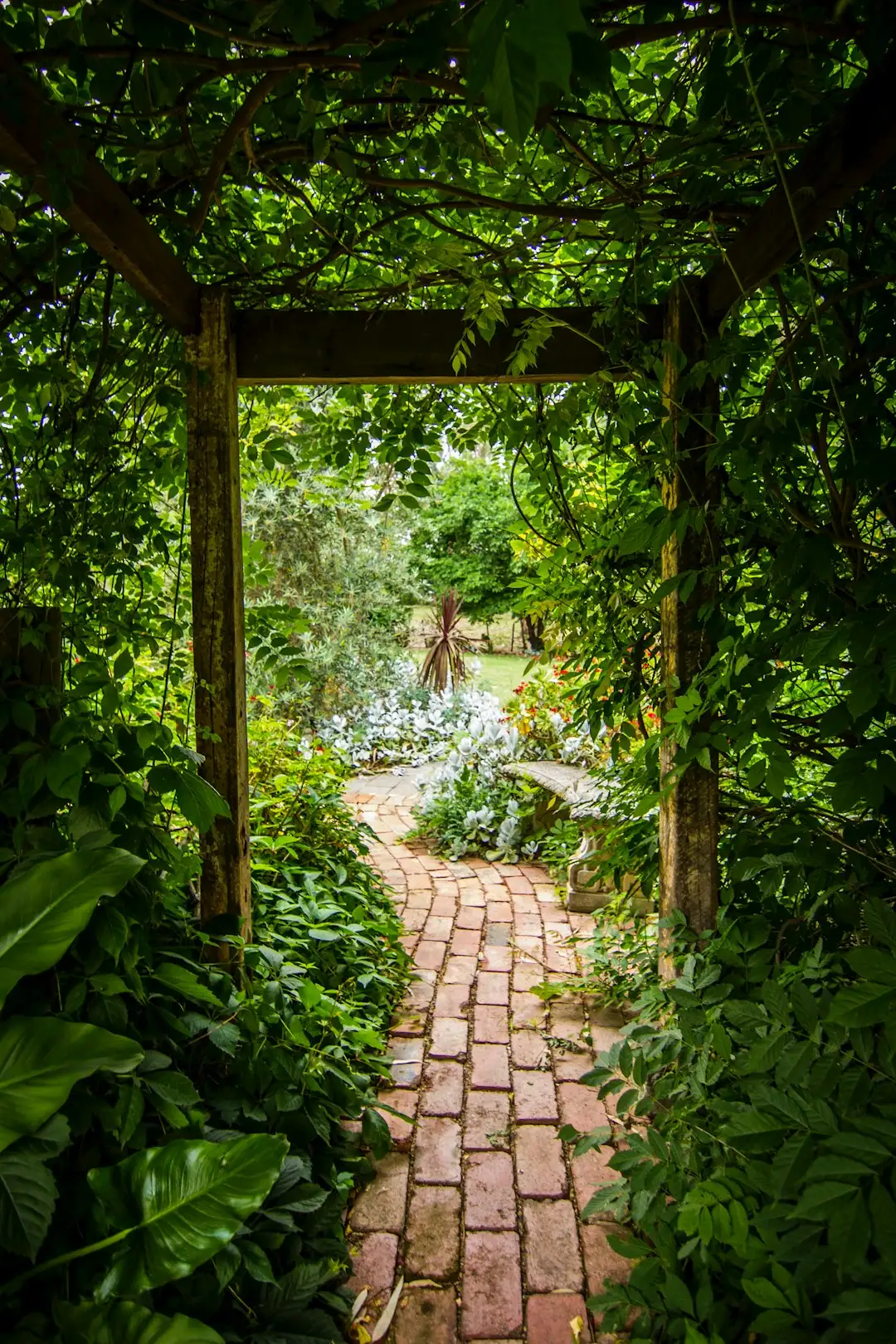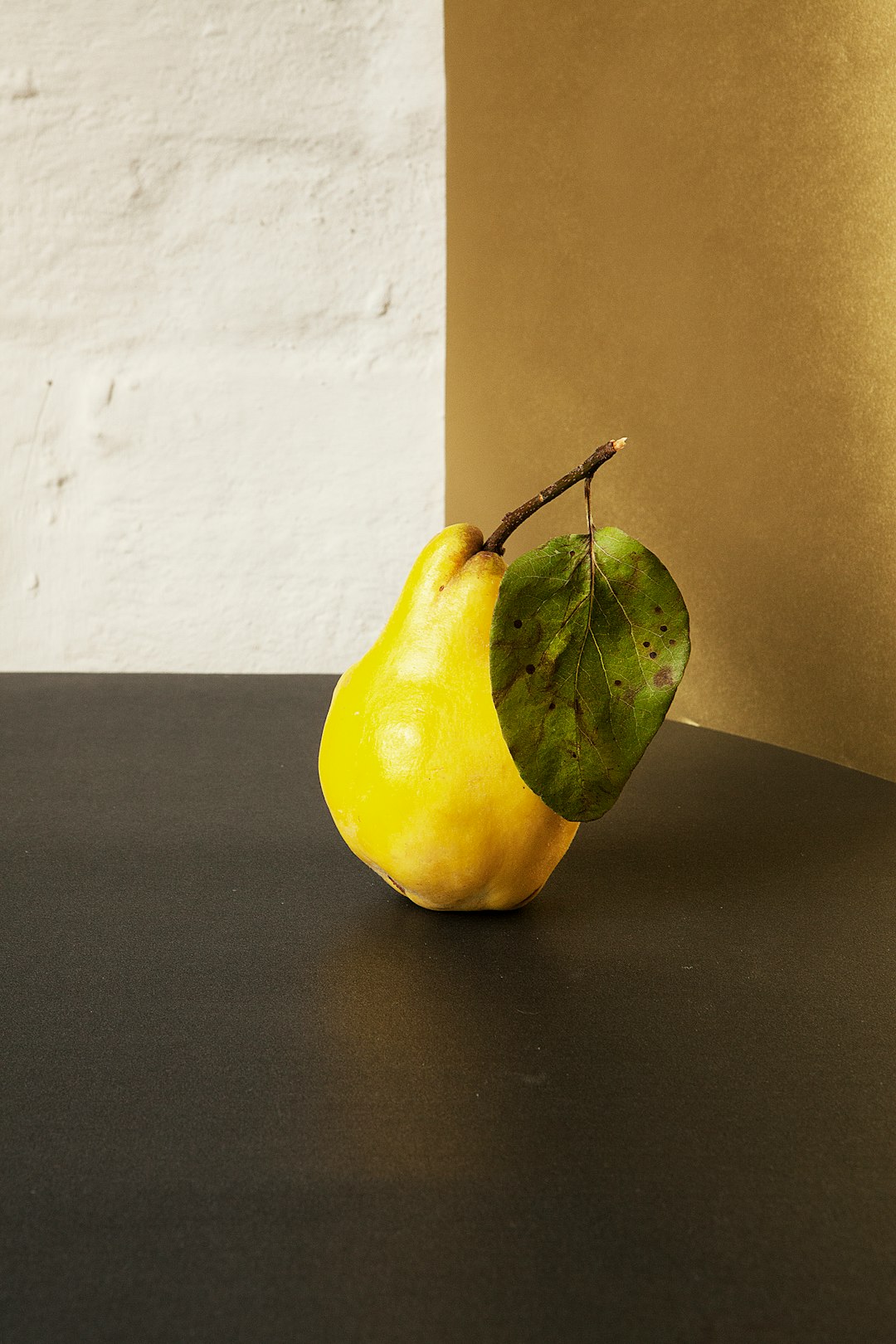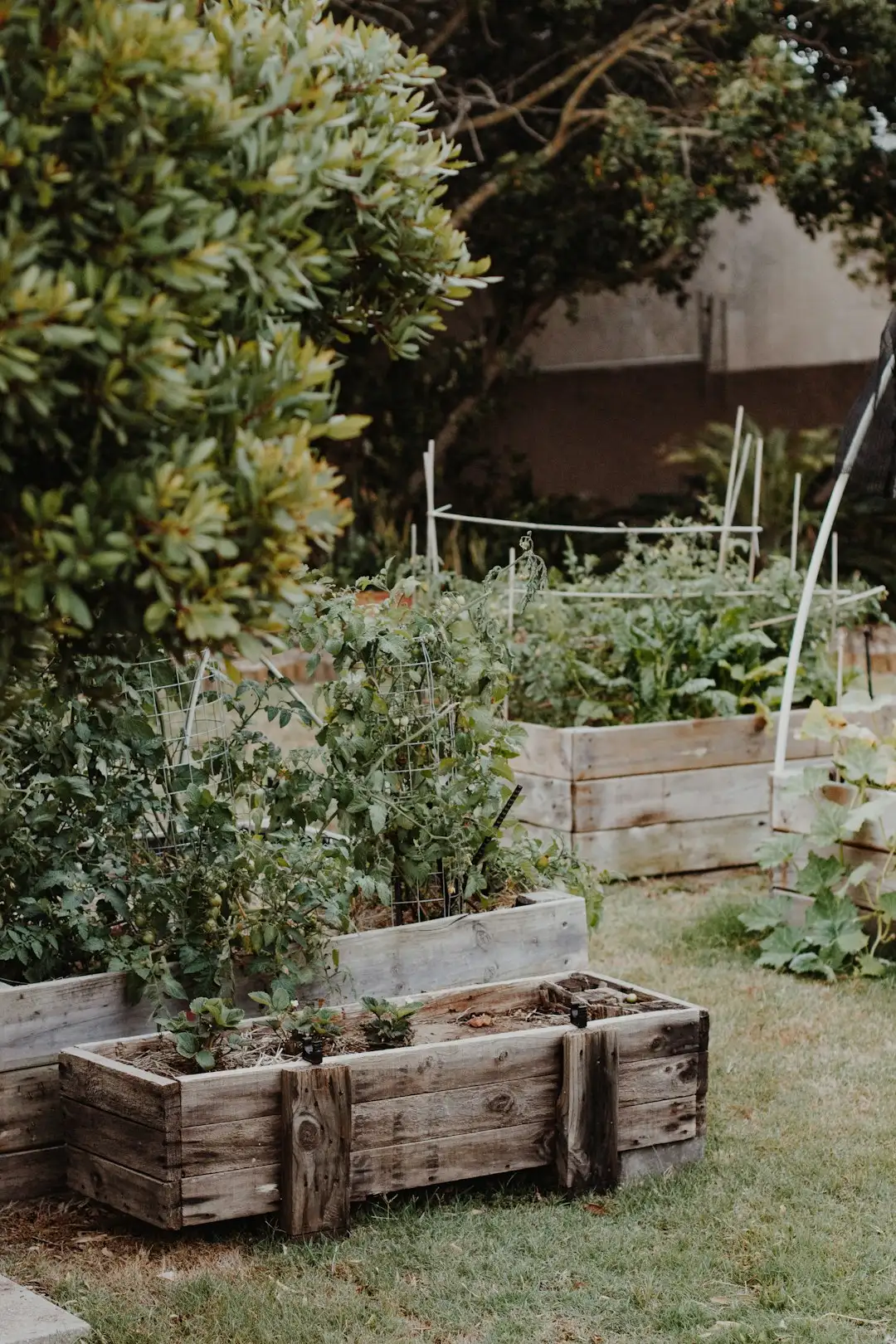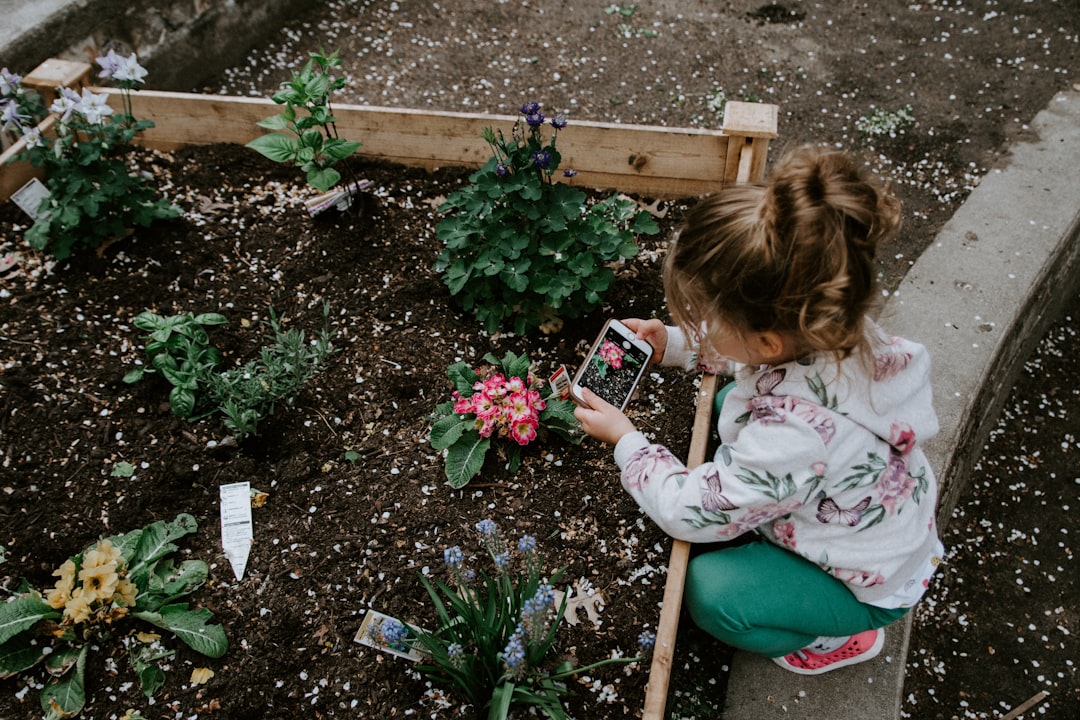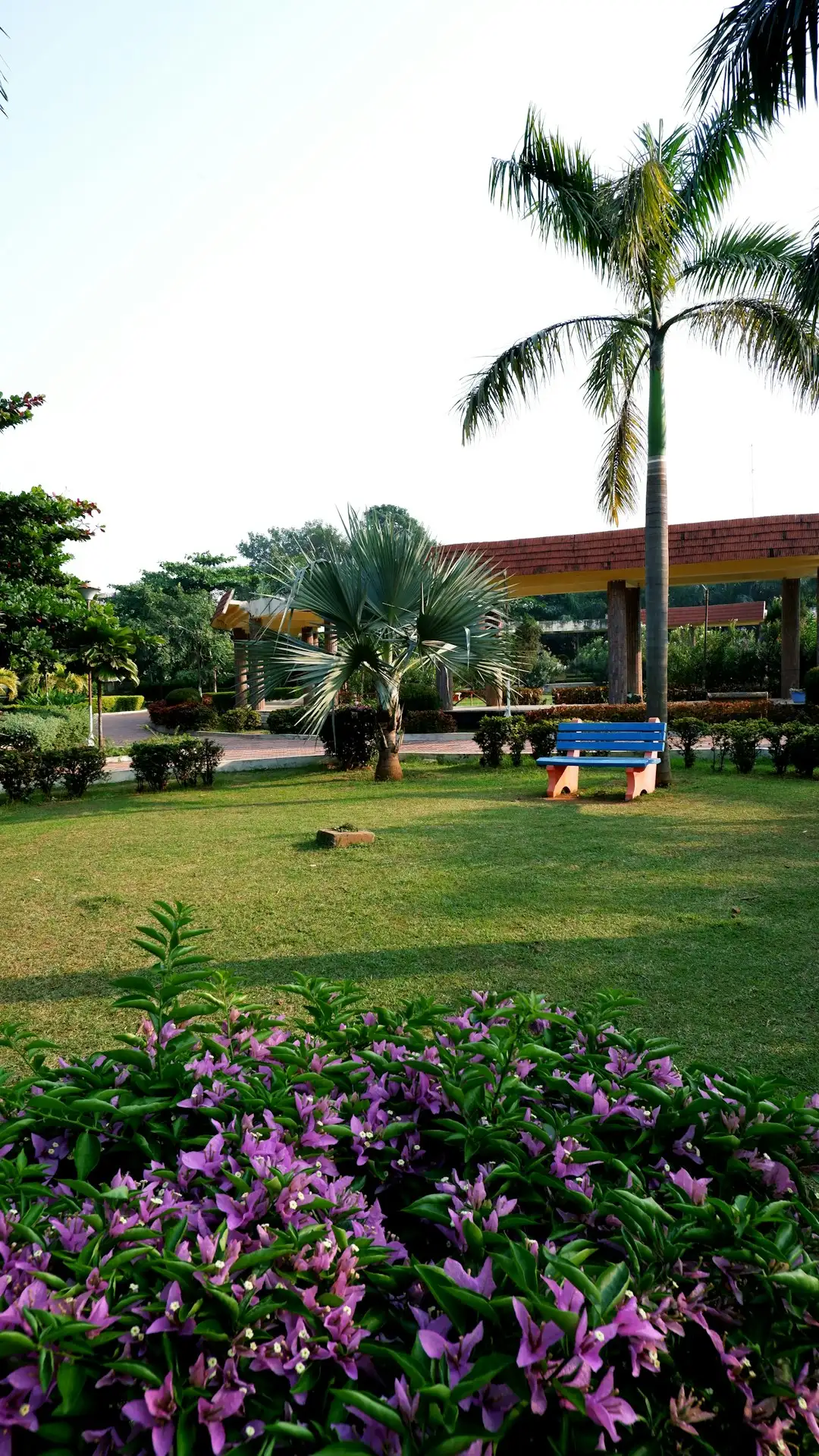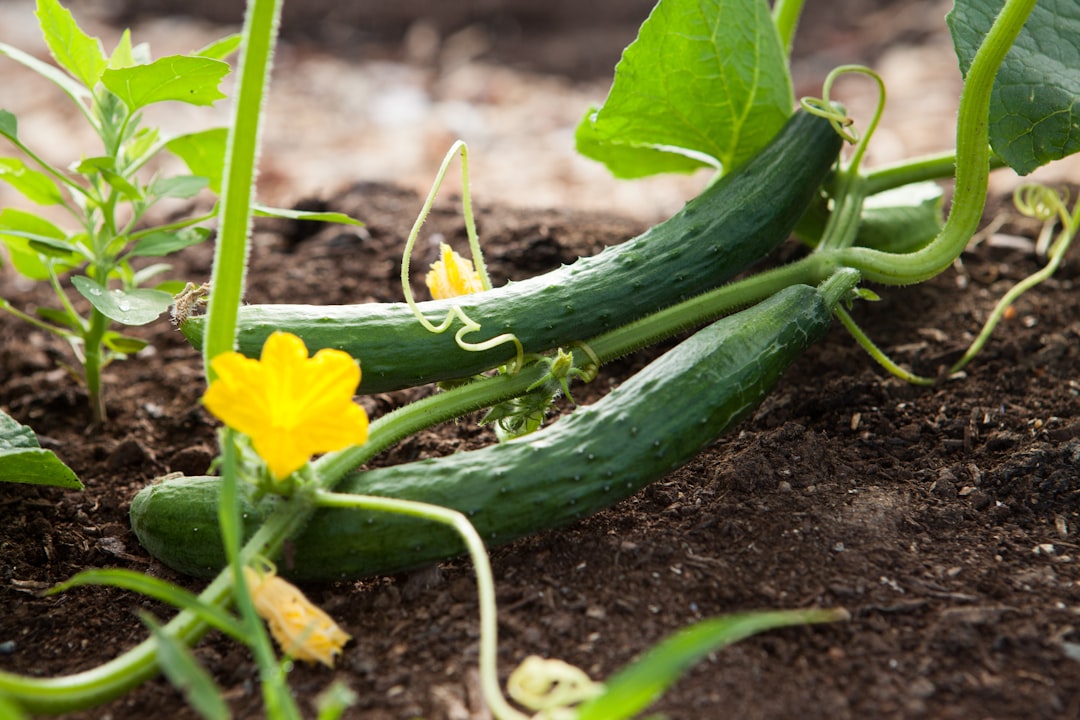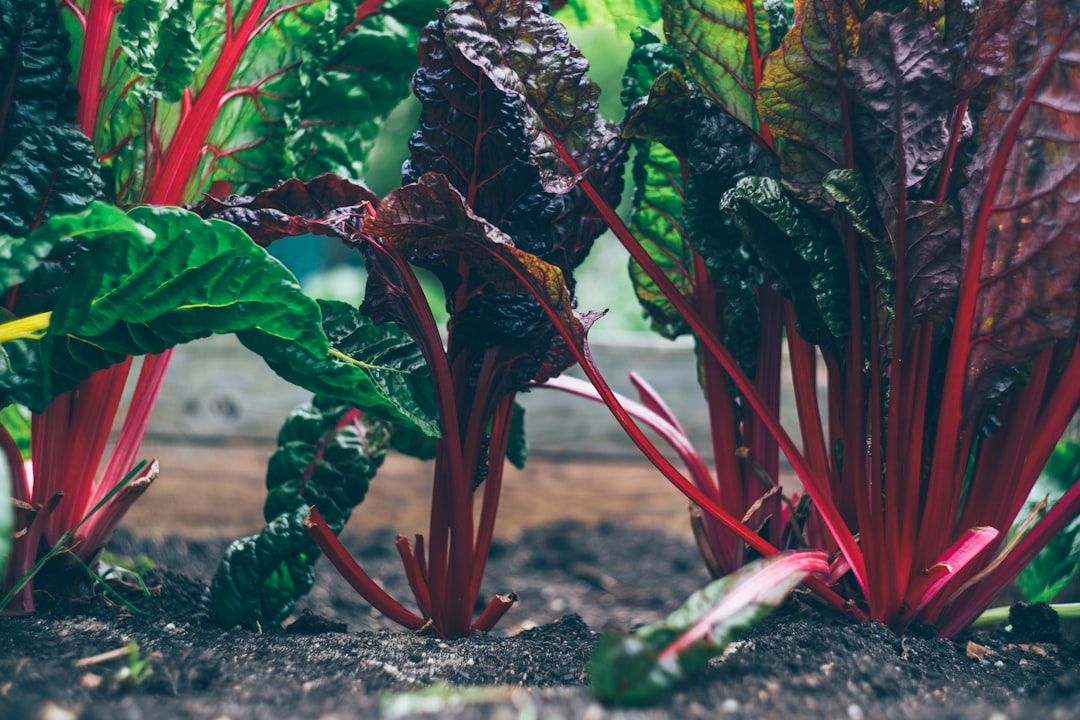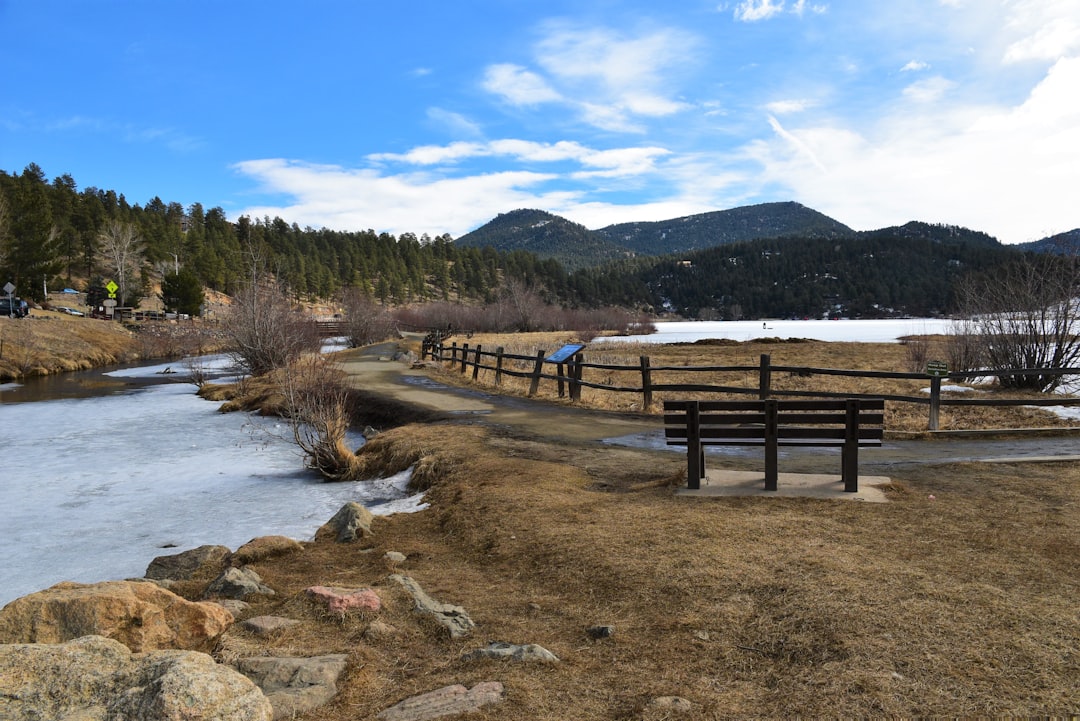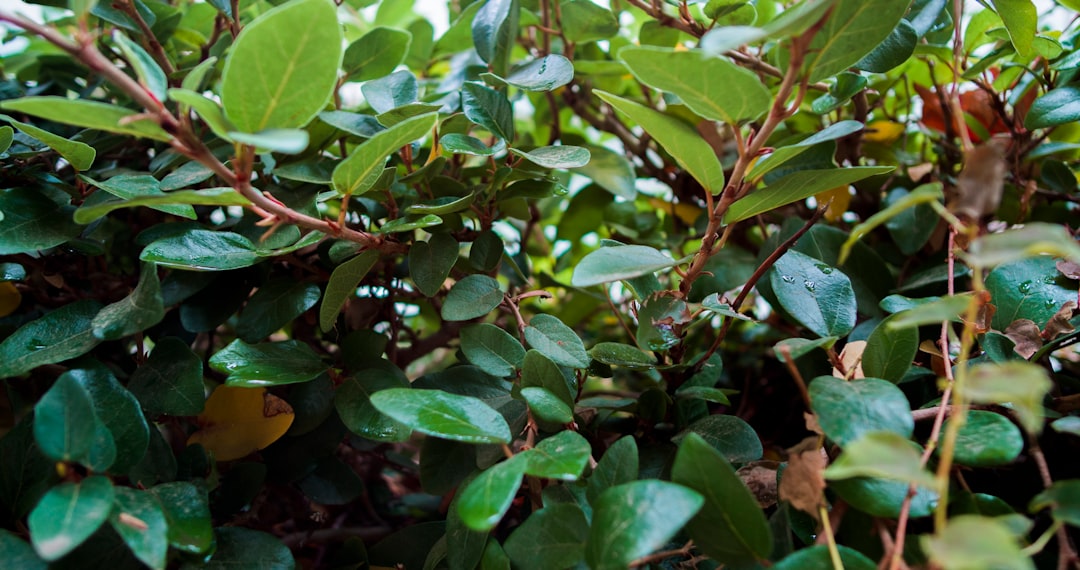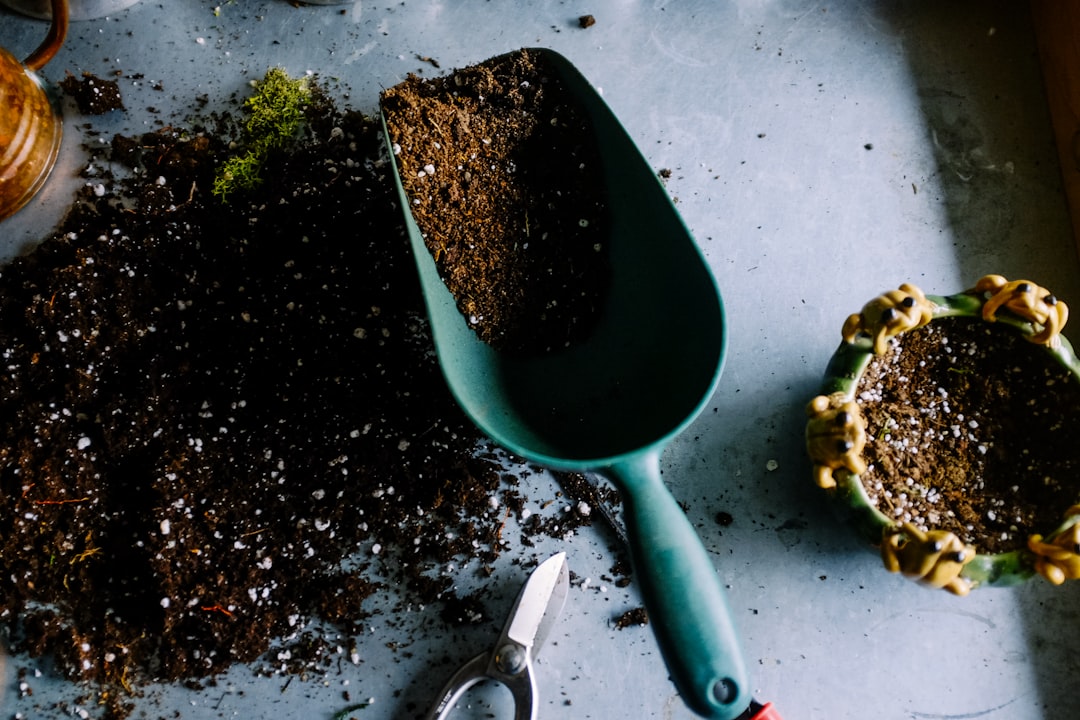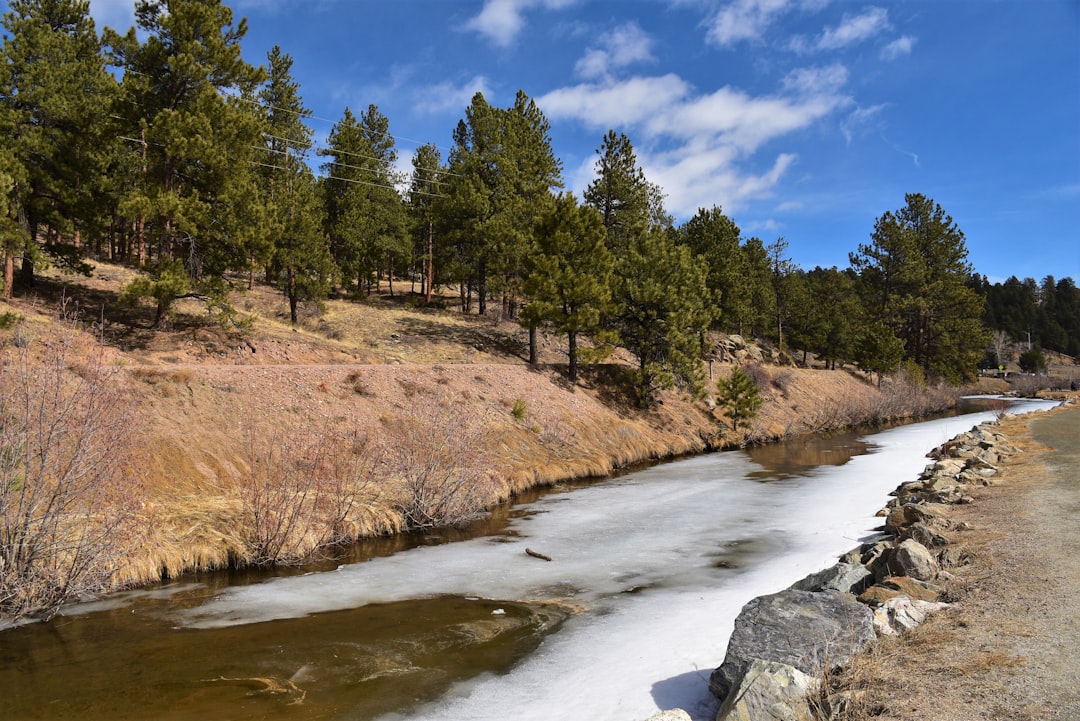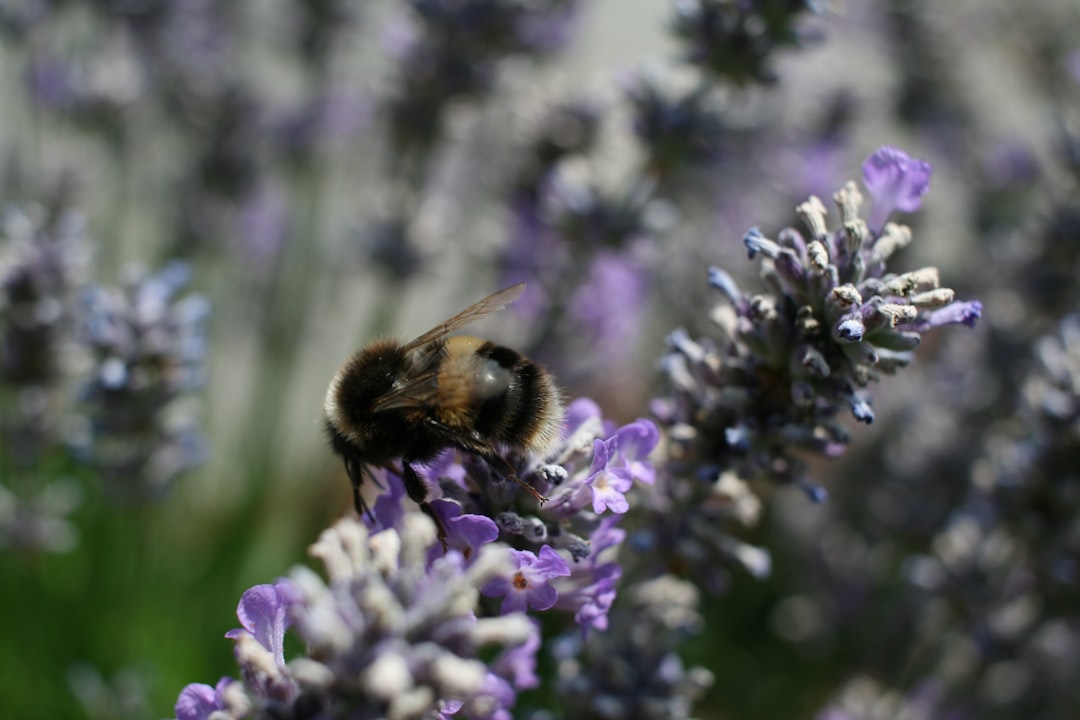
Edible gardening has always been a rewarding endeavor, and one of the most fascinating aspects is growing herbal supplements. Among these, ginseng stands out as a popular choice. In this article, we'll delve into the world of ginseng cultivation, exploring everything from planting to harvesting.
Ginseng, a well - known herbal supplement, has been used for centuries in traditional medicine for its various health benefits. It is a slow - growing perennial plant that requires specific conditions to thrive. Before you start planting ginseng, it's crucial to understand its natural habitat and mimic those conditions as closely as possible.
Choosing the Right Location
The first step in growing ginseng is selecting the ideal location. Ginseng prefers a shaded environment, similar to the understory of a forest. A north - or east - facing slope is often a great choice as it provides the right amount of sunlight. The soil should be well - drained, rich in organic matter, and have a slightly acidic to neutral pH. You can test the soil using a home soil testing kit and amend it accordingly. Adding compost or well - rotted manure can improve the soil structure and fertility.
Planting Ginseng
There are two main ways to plant ginseng: using seeds or rootlets. If you choose to plant seeds, they need to be stratified first. Stratification is a process that mimics the natural winter conditions that ginseng seeds require to germinate. You can place the seeds in a moist medium, such as sand or peat moss, and store them in a cool place (around 33 - 41°F) for about 18 - 20 months. After stratification, plant the seeds about 1 - 2 inches deep in the prepared soil, spacing them about 4 - 6 inches apart.
Planting rootlets is a quicker way to establish a ginseng crop. Rootlets are small, young ginseng roots. When planting rootlets, make sure to handle them carefully to avoid damaging the delicate roots. Plant them at a depth of about 2 - 3 inches, with the crown of the root just below the soil surface. Space the rootlets about 6 - 8 inches apart.
Care and Maintenance
Once your ginseng is planted, it requires consistent care. Water the plants regularly, but avoid over - watering as ginseng does not tolerate waterlogged soil. A layer of mulch, such as leaves or straw, can help retain soil moisture and suppress weeds. Fertilization should be done sparingly. A slow - release, organic fertilizer can be applied in the early spring, but be careful not to over - fertilize as this can damage the plants.
Protecting ginseng from pests and diseases is also essential. Common pests that can affect ginseng include slugs, snails, and deer. You can use physical barriers, such as fences, to keep deer away. For slugs and snails, you can use natural deterrents like crushed eggshells or diatomaceous earth around the plants.
Harvesting Ginseng
Harvesting ginseng is a patient's game. Ginseng typically takes 5 - 7 years to reach maturity. You can tell if a ginseng plant is mature by looking at its leaves and roots. Mature plants usually have three or more prongs on their leaves. When harvesting, carefully dig up the roots using a garden fork or trowel. Try to keep the roots intact as much as possible. After harvesting, wash the roots gently and dry them in a well - ventilated area at a temperature of about 80 - 90°F. Drying can take several weeks, depending on the size of the roots.
In conclusion, growing ginseng is a long - term commitment, but the rewards are well worth it. By following these tips for planting and harvesting, you can successfully cultivate this valuable herbal supplement in your own edible garden. Whether you're interested in using ginseng for its health benefits or for selling it, a well - grown ginseng crop can be a fulfilling addition to your gardening experience.
New








